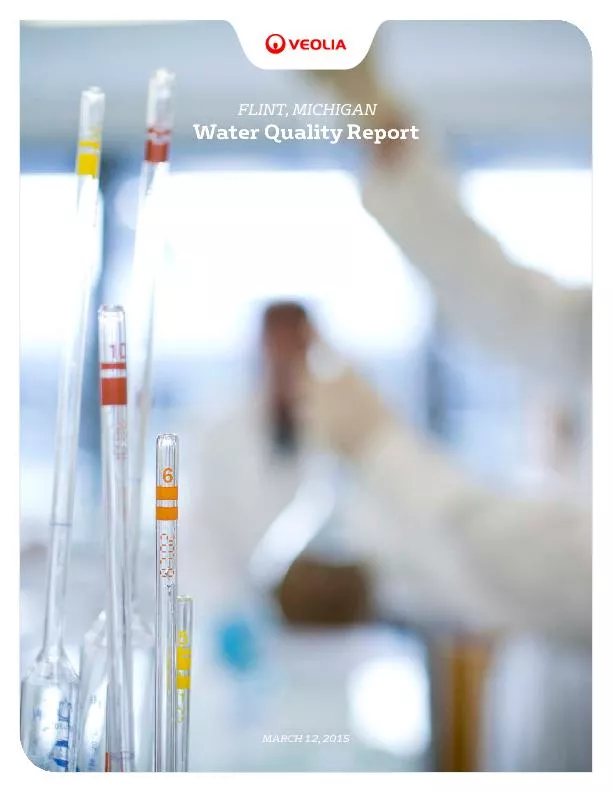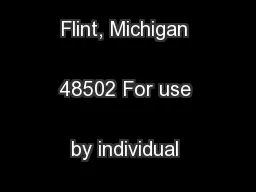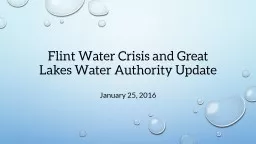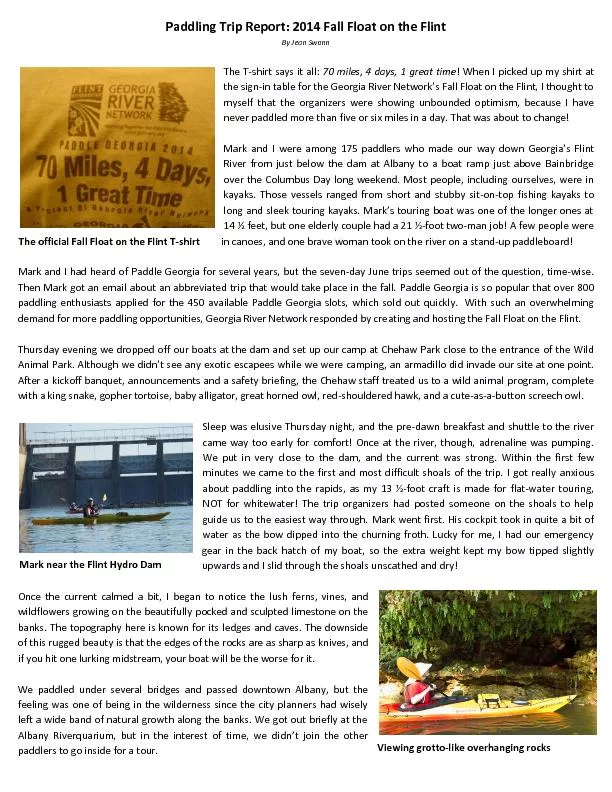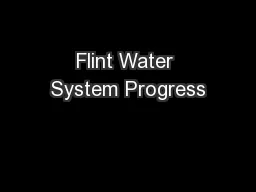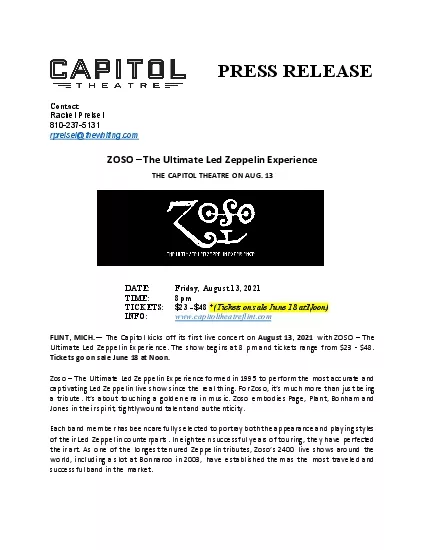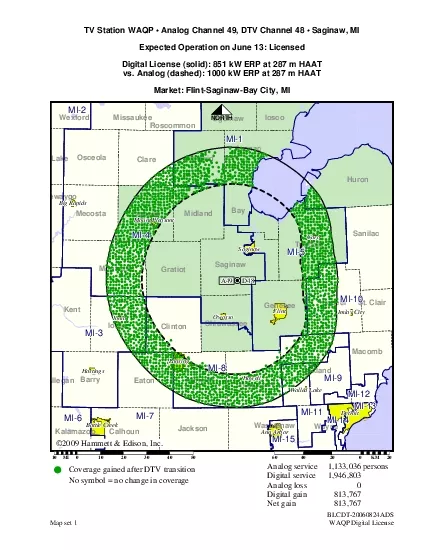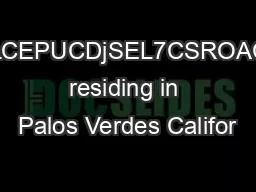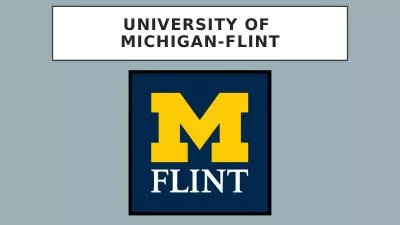PDF-FLINT, MICHIGANWater Quality Report
Author : debby-jeon | Published Date : 2016-06-05
Water quality report Executive Summary Review of actions taken to date State report Veolia146s recommendations Conclusions and next steps Results expected Resourcing
Presentation Embed Code
Download Presentation
Download Presentation The PPT/PDF document "FLINT, MICHIGANWater Quality Report" is the property of its rightful owner. Permission is granted to download and print the materials on this website for personal, non-commercial use only, and to display it on your personal computer provided you do not modify the materials and that you retain all copyright notices contained in the materials. By downloading content from our website, you accept the terms of this agreement.
FLINT, MICHIGANWater Quality Report: Transcript
Download Rules Of Document
"FLINT, MICHIGANWater Quality Report"The content belongs to its owner. You may download and print it for personal use, without modification, and keep all copyright notices. By downloading, you agree to these terms.
Related Documents

